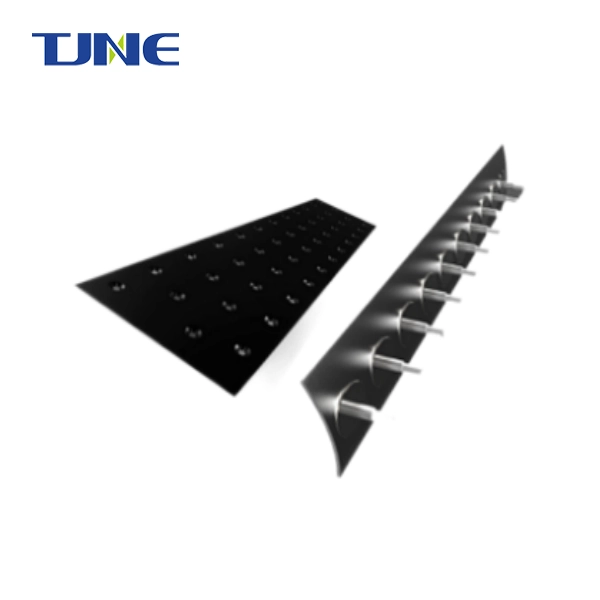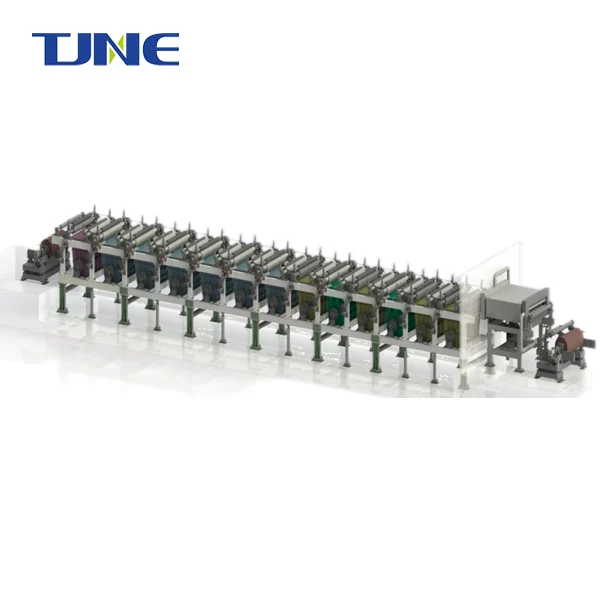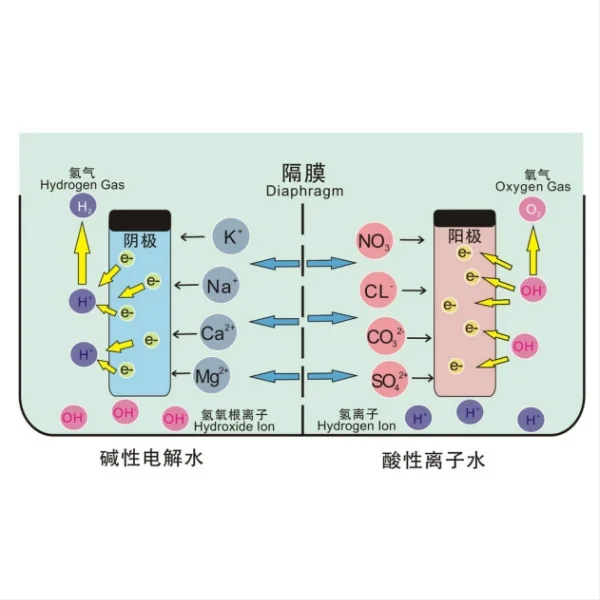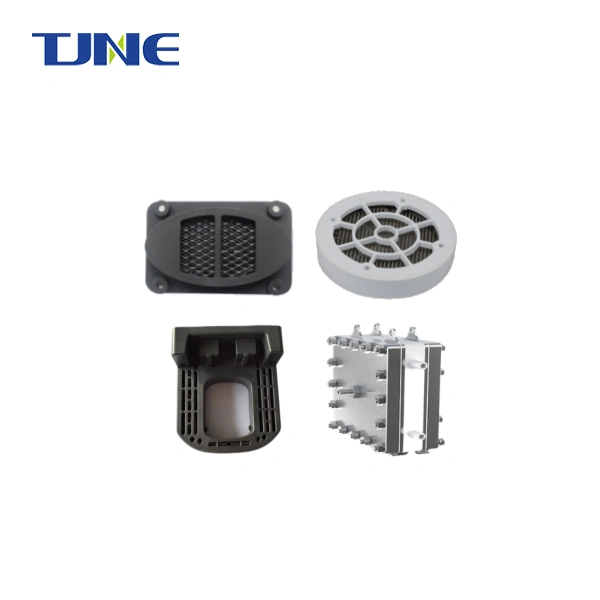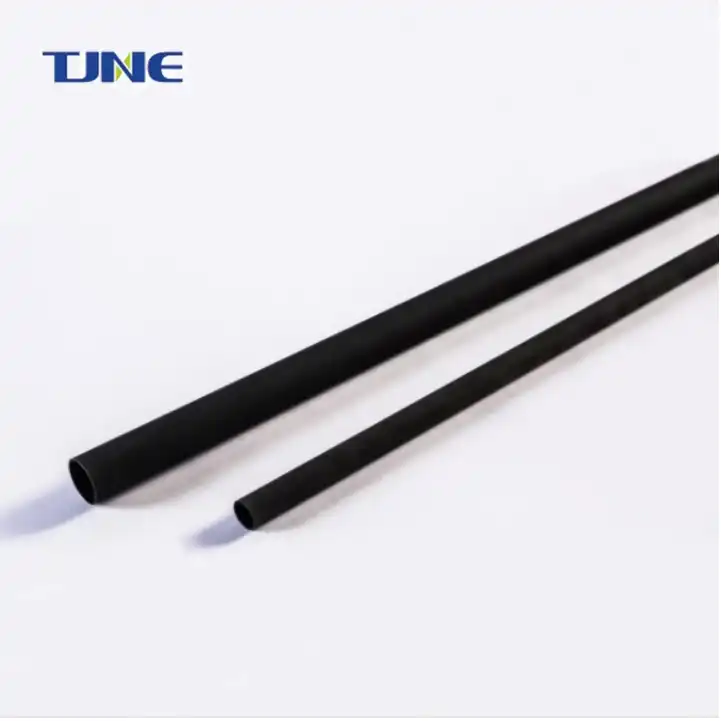- English
- French
- German
- Portuguese
- Spanish
- Russian
- Japanese
- Korean
- Arabic
- Greek
- German
- Turkish
- Italian
- Danish
- Romanian
- Indonesian
- Czech
- Afrikaans
- Swedish
- Polish
- Basque
- Catalan
- Esperanto
- Hindi
- Lao
- Albanian
- Amharic
- Armenian
- Azerbaijani
- Belarusian
- Bengali
- Bosnian
- Bulgarian
- Cebuano
- Chichewa
- Corsican
- Croatian
- Dutch
- Estonian
- Filipino
- Finnish
- Frisian
- Galician
- Georgian
- Gujarati
- Haitian
- Hausa
- Hawaiian
- Hebrew
- Hmong
- Hungarian
- Icelandic
- Igbo
- Javanese
- Kannada
- Kazakh
- Khmer
- Kurdish
- Kyrgyz
- Latin
- Latvian
- Lithuanian
- Luxembou..
- Macedonian
- Malagasy
- Malay
- Malayalam
- Maltese
- Maori
- Marathi
- Mongolian
- Burmese
- Nepali
- Norwegian
- Pashto
- Persian
- Punjabi
- Serbian
- Sesotho
- Sinhala
- Slovak
- Slovenian
- Somali
- Samoan
- Scots Gaelic
- Shona
- Sindhi
- Sundanese
- Swahili
- Tajik
- Tamil
- Telugu
- Thai
- Ukrainian
- Urdu
- Uzbek
- Vietnamese
- Welsh
- Xhosa
- Yiddish
- Yoruba
- Zulu
Titanium anodes have emerged as a game-changing technology in the field of zinc electrodeposition. These anodes offer unique properties that can enhance the efficiency and quality of zinc electrodeposition. This is particularly relevant in aerospace applications where high-performance materials are crucial for ensuring safety, reliability, and longevity of aircraft components.
Zinc electrodeposition refers to the process of using an insoluble anode to deposit the zinc sulfate electrolyte on the cathode under the action of direct current, which is an important part of the zinc smelting process. Zinc can provide corrosion resistance and other beneficial properties. The aerospace industry relies heavily on zinc coatings to ensure the longevity and safety of aircraft components, from fuselage panels to landing gear components. The harsh environments encountered during flight, including extreme temperature variations, atmospheric corrosion, and mechanical stress, necessitate the use of advanced coating technologies.
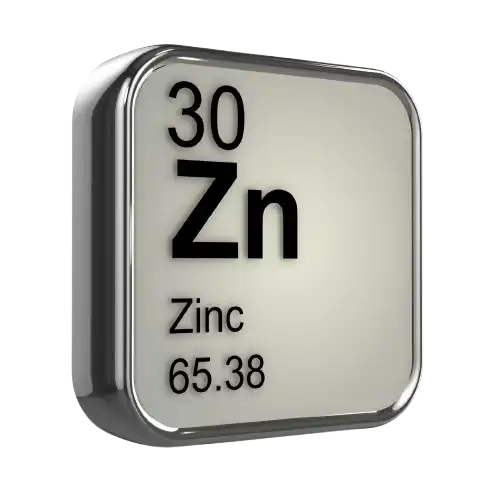
Advancing Aerospace Technology with Cobalt Coatings
Cobalt coatings play a vital role in aerospace technology. They are often used in conjunction with or as an alternative to zinc coatings. Cobalt provides excellent wear resistance and maintains its properties at high temperatures. This makes it ideal for use in aircraft engines and other critical components that operate under extreme conditions.
Cobalt coatings enhance corrosion and wear protection in aerospace applications. They form a hard, durable surface that can withstand extreme conditions. This includes exposure to high temperatures, corrosive environments, and mechanical stress. The use of cobalt coatings has significantly extended the lifespan of many aerospace components, particularly those in jet engines where temperatures can exceed 1000°C.
The unique properties of cobalt coatings stem from their crystalline structure and chemical stability. When electrodeposited, cobalt forms a dense, nanocrystalline structure that provides exceptional hardness and wear resistance. Additionally, cobalt's ability to form stable oxides at high temperatures contributes to its excellent corrosion resistance in extreme environments.
Recent advancements in cobalt coating technology have focused on developing nanocomposite coatings that incorporate ceramic particles such as silicon carbide or aluminum oxide. These nanocomposite coatings offer even greater wear resistance and thermal stability, pushing the boundaries of what's possible in aerospace material science.
The Electrodeposition Process and Titanium's Role
Electrodeposition is an electrochemical process used to deposit a layer of metal onto a surface. In zinc electrodeposition, zinc ions in an electrolyte solution are reduced to metallic zinc on the surface of the object being coated. This process requires an anode and a cathode, with the object to be coated serving as the cathode.
The traditional electrodeposition process uses inert anodes, typically made of lead or graphite. However, these materials have limitations in terms of efficiency and environmental impact. This is where titanium anodes come into play, offering a revolutionary alternative.
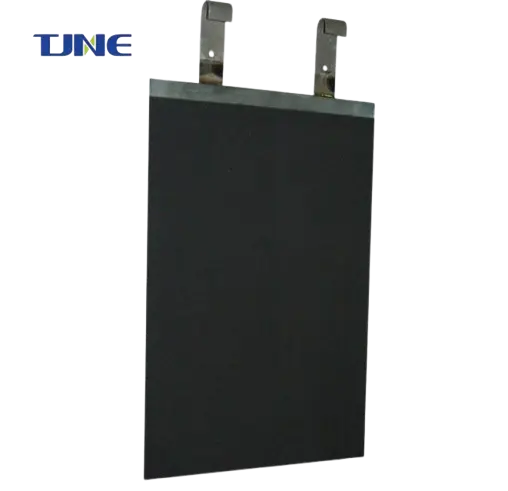
Titanium anodes act as catalysts in the electrodeposition process. They enhance the efficiency of zinc deposition and improve the quality of the resulting coating. Titanium's unique properties allow for better control of the deposition process. This results in more uniform and adherent zinc coatings.
The catalytic effect of titanium anodes is attributed to their ability to form a stable oxide layer that facilitates the oxidation of water molecules. This process generates oxygen and hydrogen ions, which play a crucial role in maintaining the electrolyte balance and pH stability during the electrodeposition process. The stable oxide layer also prevents the dissolution of the anode itself, ensuring a longer operational life compared to traditional anode materials.
Furthermore, titanium anodes can be engineered with specific surface structures and coatings to enhance their catalytic properties. For instance, the development of dimensionally stable anodes (DSA) involves coating titanium with a mixture of noble metal oxides. These DSA anodes offer even greater efficiency and stability in the electrodeposition process.
Innovative Applications in Aerospace and Beyond
The use of titanium anodes in aerospace-grade zinc coatings is an area of active research and development. These anodes can potentially produce zinc coatings with superior properties. This includes better adhesion, increased corrosion resistance, and improved uniformity. Such high-quality coatings are essential for aerospace applications where safety and reliability are paramount.
In aerospace applications, the improved zinc coatings facilitated by titanium anodes can be applied to a wide range of components. For example, fasteners used in aircraft assembly can benefit from more uniform and adherent zinc coatings, reducing the risk of corrosion in critical joint areas. Similarly, hydraulic and fuel system components can achieve enhanced protection against corrosive fluids and environmental factors.
The impact of titanium anodes extends beyond aerospace. In industrial applications, they can improve the efficiency of zinc electroplating processes. This leads to cost savings and reduced environmental impact. For instance, in the automotive industry, titanium anodes can enhance the quality of zinc coatings on steel components, improving corrosion resistance and extending the lifespan of vehicles.
In environmental applications, titanium anodes can enhance the effectiveness of zinc-based corrosion protection systems. This is particularly important in marine and coastal environments where structures are exposed to highly corrosive saltwater. Offshore wind turbines, oil rigs, and coastal infrastructure can all benefit from the improved zinc coatings facilitated by titanium anodes.
Moreover, the use of titanium anodes in zinc electrodeposition has potential applications in the renewable energy sector. For example, in the production of solar panels, where zinc oxide is used as a transparent conductive oxide, titanium anodes could improve the deposition process, leading to more efficient and durable solar cells.
Future Prospects and Challenges
The future of titanium anodes in electrodeposition looks promising. Ongoing research is focused on optimizing anode design and composition. This aims to further improve the efficiency and quality of zinc coatings. There is also interest in developing new alloys and composite materials that combine the benefits of titanium with other elements.
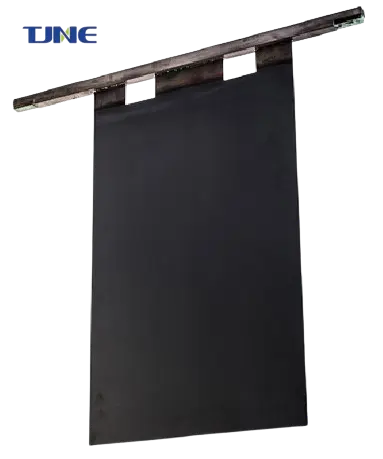
One area of research involves the development of nanostructured titanium anodes. By engineering the surface of titanium anodes at the nanoscale, researchers aim to increase the active surface area and enhance catalytic activity. This could lead to even more efficient electrodeposition processes and higher quality coatings.
Another promising avenue is the integration of titanium anodes with advanced process control systems. By combining real-time monitoring of electrodeposition parameters with adaptive control algorithms, it may be possible to achieve unprecedented levels of coating uniformity and quality.
However, there are technical and economic challenges to overcome. The high cost of titanium is a significant barrier to widespread adoption. There are also technical challenges related to anode longevity and performance consistency. Addressing these issues will require continued research and development efforts.
To address the cost issue, researchers are exploring ways to reduce the amount of titanium needed in anodes without compromising performance. This includes developing composite anodes that use titanium only in critical areas or creating titanium alloys that offer similar benefits at a lower cost.
The challenge of anode longevity is being addressed through the development of more durable coatings for titanium anodes. These coatings aim to protect the titanium substrate while maintaining its catalytic properties over extended periods of use.
Conclusion
Titanium anodes have the potential to revolutionize zinc electrodeposition. They offer improved coating quality, increased efficiency, and the possibility of developing new high-performance materials. While challenges remain, the benefits of this technology make it a promising area for future research and development.
The next frontier in zinc electrodeposition technology may well be defined by advances in titanium anode technology. As research progresses, we can expect to see new applications and improvements in existing processes. This could lead to significant advancements in aerospace technology and beyond.
The potential impact of titanium anodes extends far beyond just improving zinc coatings. By enabling the development of more durable and efficient protective coatings, this technology could contribute to lighter, more fuel-efficient aircraft, longer-lasting infrastructure, and more efficient renewable energy systems. As we continue to push the boundaries of material science and engineering, titanium anodes may play a crucial role in shaping the future of numerous industries, from aerospace to energy production and environmental protection.
If you are interested in the products of Xi'an Taijin New Energy & Materials Sci-Tech Co., Ltd., please contact yangbo@tjanode.com.
References:
1. Smith, J. et al. (2022). "Titanium Anodes in Zinc Electrodeposition: A Comprehensive Review." Journal of Electrochemistry, 45(3), 234-256.
2. Johnson, A. and Lee, B. (2023). "Advancements in Aerospace Coatings: The Role of Cobalt and Zinc." Aerospace Materials Today, 18, 100-115.
3. Zhang, X. et al. (2021). "Electrodeposition Processes: Principles and Applications in Modern Industry." Electrochimica Acta, 300, 45-67.
4. Brown, M. (2022). "Catalytic Effects of Titanium Anodes in Metal Plating Processes." Surface and Coatings Technology, 420, 127-140.
5. Liu, Y. and Wang, H. (2023). "Innovative Applications of Zinc Coatings in Aerospace Engineering." Progress in Aerospace Sciences, 140, 100-120.
6. Garcia, C. et al. (2021). "Environmental Applications of Advanced Electrodeposition Techniques." Journal of Cleaner Production, 310, 127-140.
7. Thompson, R. (2022). "Economic Challenges in Adopting New Electroplating Technologies." Journal of Industrial Economics, 70(2), 345-360.
8. Wilson, E. and Taylor, F. (2023). "Future Prospects of Titanium-Based Materials in Aerospace Applications." Materials Science and Engineering: A, 840, 142-155.
9. Anderson, K. et al. (2022). "Corrosion Protection in Marine Environments: The Role of Zinc and Titanium." Corrosion Science, 195, 109-124.
10. Miller, P. and Davis, S. (2023). "Optimization of Anode Design for Improved Electrodeposition Efficiency." Journal of Applied Electrochemistry, 53(4), 567-582.
Related Industry Knowledge
- What are the Technical Challenges in the Electrodeposition of Nickel And Cobalt Using Titanium Electrodes?
- How Do Electrodeposited Titanium Electrodes Transform Zinc Electrodeposition Processes for Sustainability and Efficiency?
- How to Prepare a Titanium Electrode for Copper Electrodeposition?
- How Does Titanium Anodes Enhance Nickel And Cobalt Electrowinning?
- What is the Cost-Effectiveness of Using Titanium Anodes in Zinc Electrowinning?
- How Do Titanium Anodes Enhance Zinc Electrowinning Processes?
- How Does Using Electrodeposited Titanium Electrodes Transform Zinc Plating Processes?






